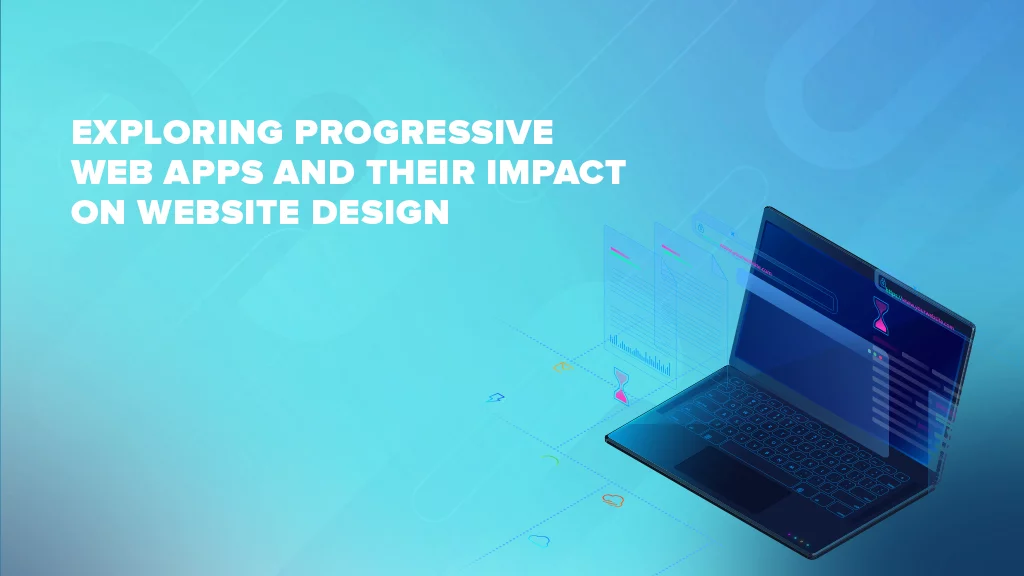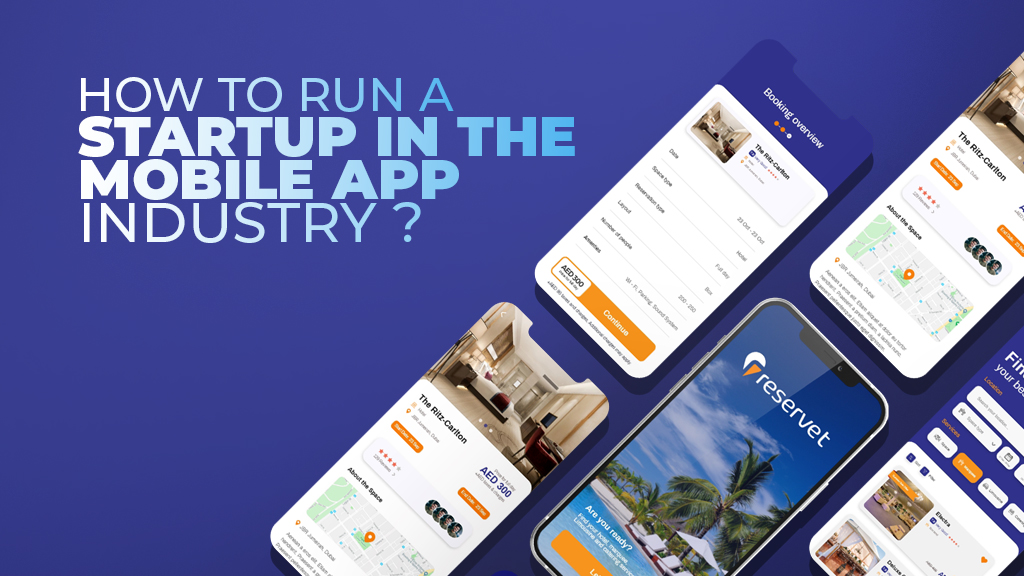Building a Progressive Web App: The Future of Mobile Web Design
In the digital era that we are living and breathing in, where life moves at an unmatchable pace and everything in the space is at people’s fingertips, a brand can not afford to survive the cut-throat competition without being omnipresent. In that pursuit, a web app provides a business,
- Greater accessibility: Web apps can be accessed through any web browser, making them more accessible to customers regardless of their device or operating system.
- Improved scalability: Web applications can easily handle a large number of users, making them ideal for businesses that need to scale up quickly.
- Lower costs: Web applications typically require less development time and fewer resources than native applications, making them a more cost-effective solution for businesses.
- Easy maintenance: Web applications can be updated and maintained more easily than native applications, as updates can be made on the server side and immediately available to all users.
- Enhanced collaboration: Web applications can facilitate collaboration between team members, as they can be accessed from anywhere with an internet connection.
- Greater flexibility: Web applications can be customized and integrated with other tools and services, providing businesses with greater flexibility and functionality.
Keeping the boons that a web app development offers to a business, it goes unsaid for business entities today to create a strong digital presence, and what better way is there to create such an omni- permeable presence than to have your own mobile application? Statistically speaking, 58.43% of website traffic comes from mobile devices. 92.3% of internet users access the internet using a mobile phone.
There are approximately 4.32 billion active mobile internet users. However, this ginormous population of mobile users comes with an expectation. They want speed, quick accessibility, and the ability to switch between desktop websites and mobile websites in a jiffy. Unfortunately, not all businesses can afford to build a native app and bolt across the limitations of the framework. How can this problem be solved?
Welcome, Progressive Web Applications!
Progressive Web Apps (PWA) are web applications that utilize modern web technologies and mobile web designs to provide an app-like experience to users. PWAs are designed to work on any device and on any platform with a single codebase, using web technologies such as HTML, CSS, and JavaScript.
Progressive web app development offers several benefits over traditional or native mobile applications, including:
- Cross-platform compatibility: PWAs work on any device and platform, including desktops, mobile phones, and tablets.
- Offline functionality: PWAs can work offline, thanks to service workers, which cache content and enable offline access to previously visited pages.
- Faster load times: PWAs use modern web technologies, such as HTTP/2 and server push, to load quickly and provide a smooth user experience.
- App-like experience: PWAs can be installed on a user’s home screen, and can offer app-like features such as push notifications and full-screen mode.
- Cost-effective development: PWAs are typically cheaper to develop than native mobile apps since they require a single codebase for multiple platforms.
Overall, PWAs provide a modern, efficient, and cost-effective way to deliver app-like experiences to users across a variety of platforms and devices.
How Can You Build a Progressive Web App?
A Progressive Web App development company follows a series of steps, such as:
- Set up a development environment: Install a text editor, Node.js, and a package manager such as npm or yarn.
- Choose a framework: There are several frameworks available, including React, Vue, and Angular. Choose one that best suits your needs and expertise.
- Create a basic web application: Create a basic web application with HTML, CSS, and JavaScript. Ensure that it is responsive and accessible.
- Convert your web application to a PWA: Add a service worker, and a manifest file, and enable HTTPS to your web application.
- Add functionality to your PWA: Implement features such as offline capabilities, push notifications, and background synchronization.
- Test your PWA: Test your PWA in different browsers and devices to ensure that it works well across platforms.
- Deploy your PWA: Deploy your PWA to a web server and make it available to users.
Keep in mind that building a PWA requires knowledge of web development and modern web technologies, our expert progressive web app development team is happy to materialize your business plans, by developing your PWA so that it can help your business improve efficiency, reach a wider audience, and reduce costs, making it a valuable tool for the different verticals of your business.










